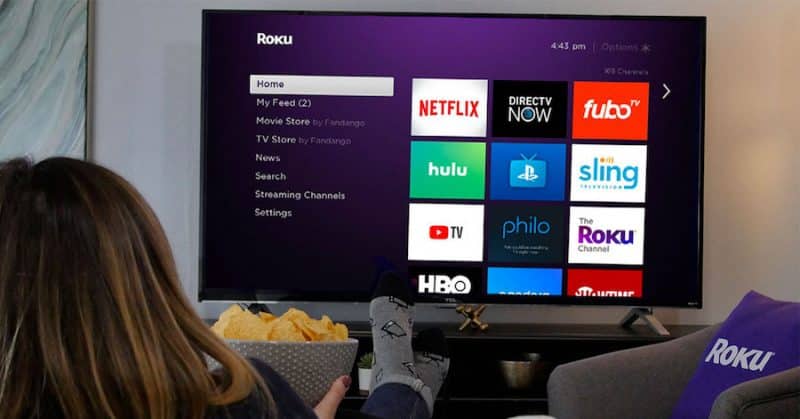The data is in: streaming has finally overtaken cable as the most popular source of television content in the U.S.
Nielsen’s latest Total Audience report shows that, as of July, 34.8% of all TV content consumed by Americans came from streaming services like Netflix and Disney+, while only 34.4% came from cable providers like HBO.
This is a major shift from just a few years ago, when cable was still the dominant source of television content. But traditional TV, which includes broadcast and cable, still accounts for a majority of television viewing.
But as the industry has grown, so has the incidence of advertising fraud.
According to a report by Method Media Intelligence, a digital ad measurement firm, one group of bad actors has been able to scam as much as $10 million a month from ad budgets that were supposed to go toward connected TV, or CTV, like streaming platforms.
However, that’s not Video Advertising Dirty Secret.
The Dirty Secret is that this is easy to solve, but very little is being done about it in order to generate enormous (fraudulent) revenue
Method Media Intelligence estimates that as much as 50% of programmatic requests in CTV are counterfeit.
One of the ways fraudsters are scamming ad buyers is by making fake CTV ad calls using mobile apps like Grindr. Where they had previously manufactured fake display ads and video ads, criminals are now manufacturing fake CTV ad impressions, simply by calling it CTV ad impressions instead of display and video ads, in order to get 10X higher CPMs.
One of the CTV scams “involved 28.8 million household IP addresses, spoofed about 3,600 app installs, and generated 5.8 billion fake video views.” This scam was able to generate over $200,000 in fraudulent revenue.
Another recent example of streaming advertising fraud involved a scheme that used a botnet to generate millions of bogus views for a cryptocurrency-related video. The video was viewed over 200 million times, resulting in over $80,000 in fraudulent revenue.
So why is there so much fraud in CTV? There are a few reasons:
First, because CTV is still a relatively new medium, there is a lot of confusion about how it works and how to best exploit its potential. This confusion creates opportunities for fraudsters who can take advantage of the lack of knowledge and trust among players in the ecosystem.
Second, CTV offers many opportunities for dishonest actors to game the system. For example, because CTV ads are often sold on an impression basis, fraudsters can easily generate fake views by using bots or other automated means. Additionally, because CTV ads are often delivered through ad networks or exchanges, it is easy for fraudsters to spoof legitimate traffic or inject fake ads into the system.
Finally, CTV has been slower to adopt anti-fraud measures than other digital channels such as desktop and mobile web. They are looking for quick bucks and know that if they cut off as much of 50% of their revenue because of fraud, they won’t look so good to investors
So, what can be done, and what methods could easily help solve the fraud problem in Streaming?
When viewers power down their TV without quitting the CTV app, this can cause programming – including ads – to run while the viewer isn’t actively using the device. This can lead to ad fraud, as advertisers lose out on potential impressions and clicks.
But a new study from DoubleVerify shows that ad fraud is 83% less likely to occur when advertisers tailor their campaigns for “fully on-screen” CTV environments. The study looked at three different types of fraud: invalid traffic (IVT), non-human traffic (NHT), and domain spoofing.
For the study, DoubleVerify used data from over 2.5 billion video ad impressions across both desktop and CTV platforms. They found that the incidence of invalid traffic was 3% on desktop, compared to just 0.5% on CTV. And for non-human traffic, the incidence was 5% on desktop and 1.1% on CTV.
Another simple way to prevent fraud is brought to us by fraud researcher Augustine Fou: While there are many ways to protect yourself from streaming fraud, the best way is to ensure that you are only streaming from legitimate sources.
Legitimate sources are those that have been authorized by the copyright holder to stream their content. This can include major networks like ESPN, History Channel, and CBS, as well as other major providers like A&E and HGTV. These aren’t things like the “ESPN Exchange” which isn’t on ESPN.
It’s obvious that something could be done, but many companies just aren’t interested in taking the appropriate steps to ensure fraud isn’t on their properties. Companies like Roku know that screensavers and other questionable programs are creating fake ads on their platform, and they are just ignoring it for the fraudulent revenue. This raises some questions that if they know this, what is their liability both criminally and civilly? What do you think should be done to help prevent fraud and expose these scams?




